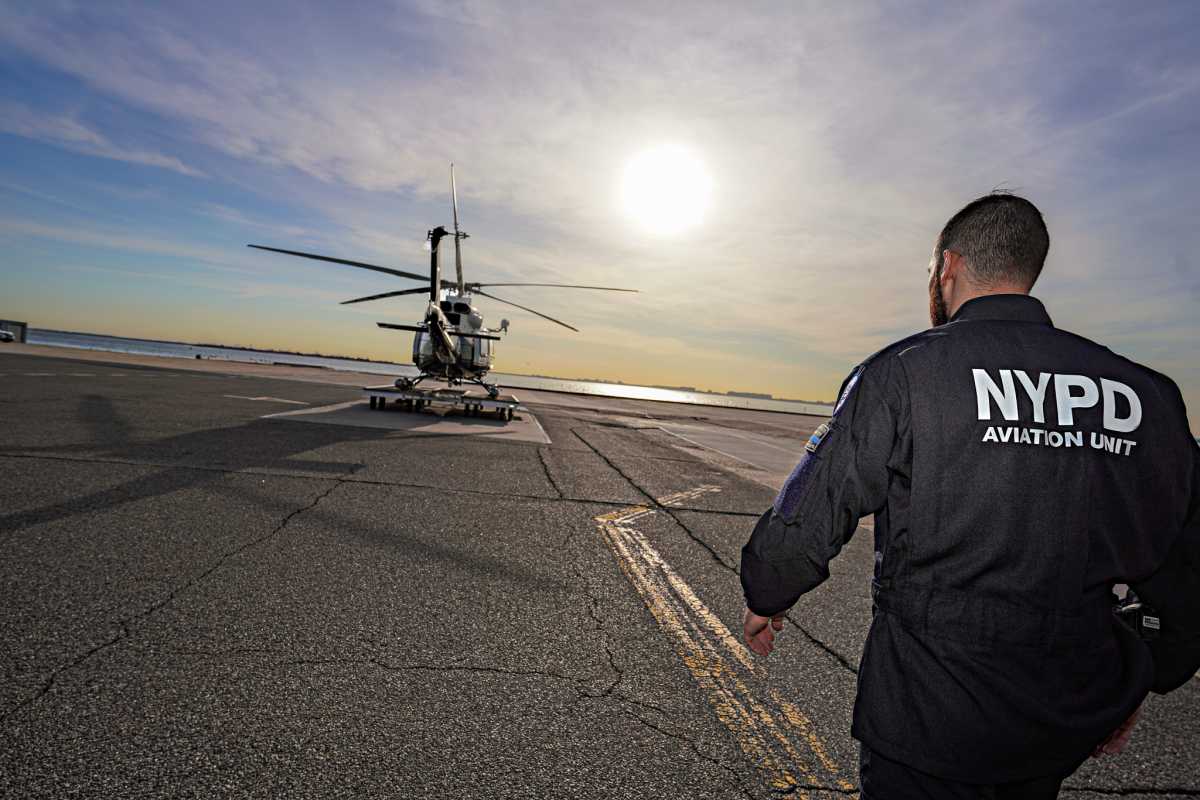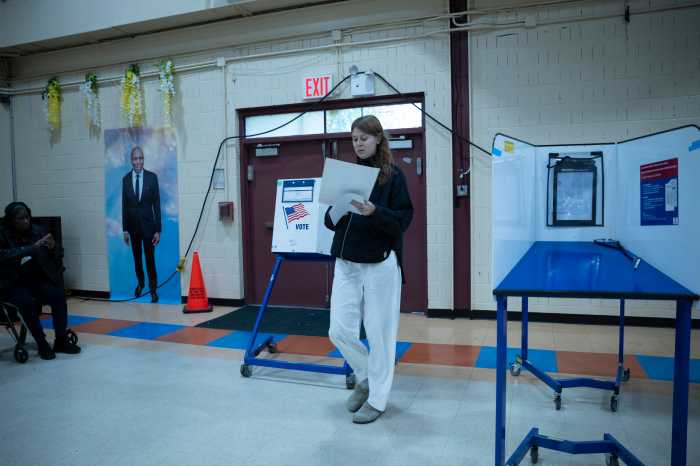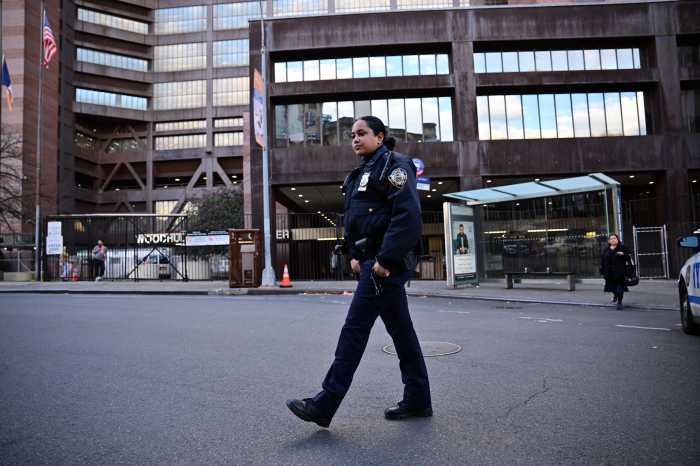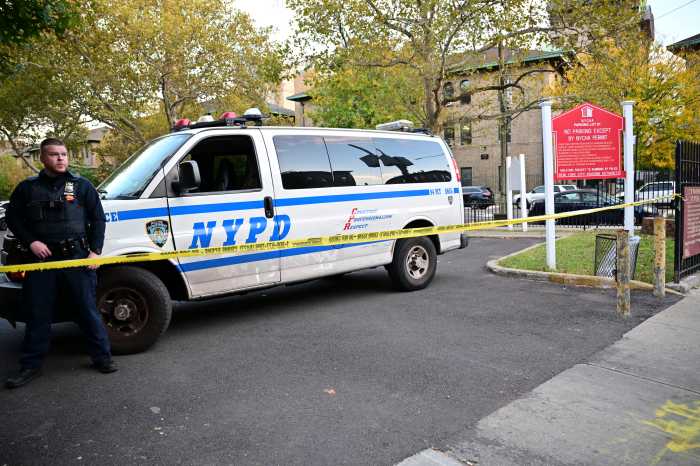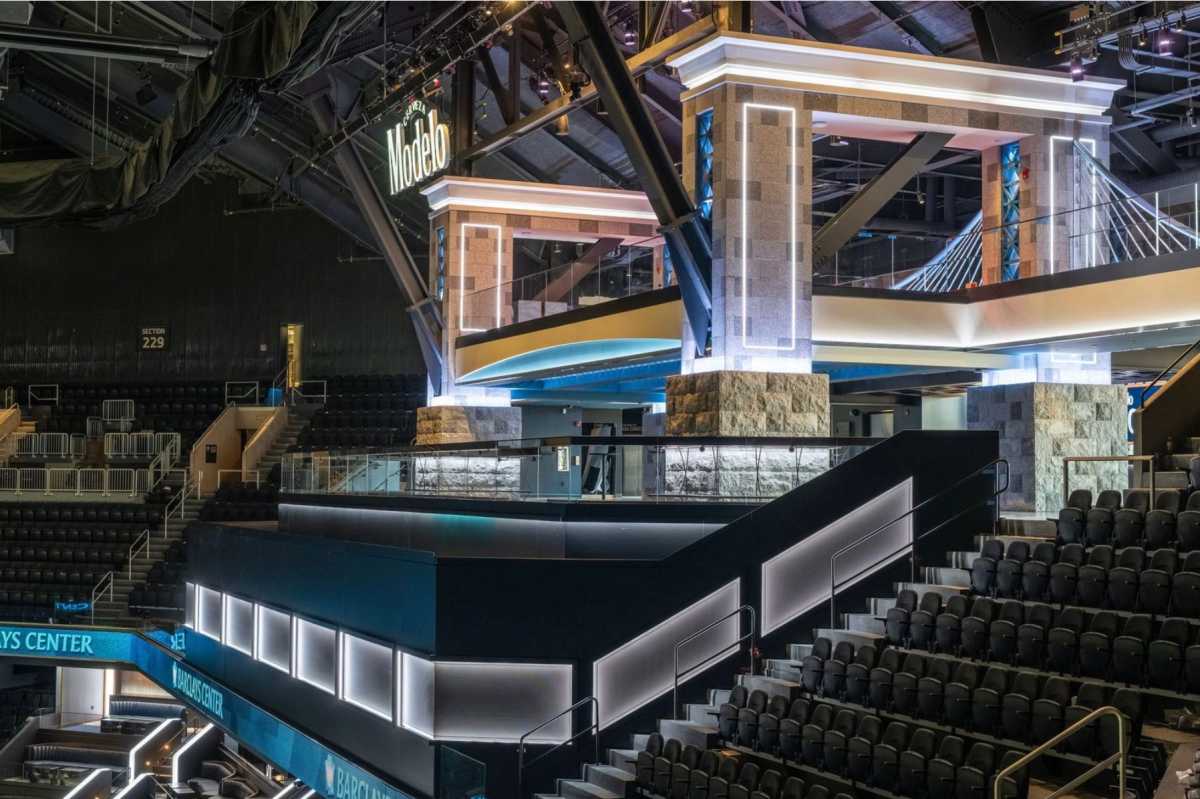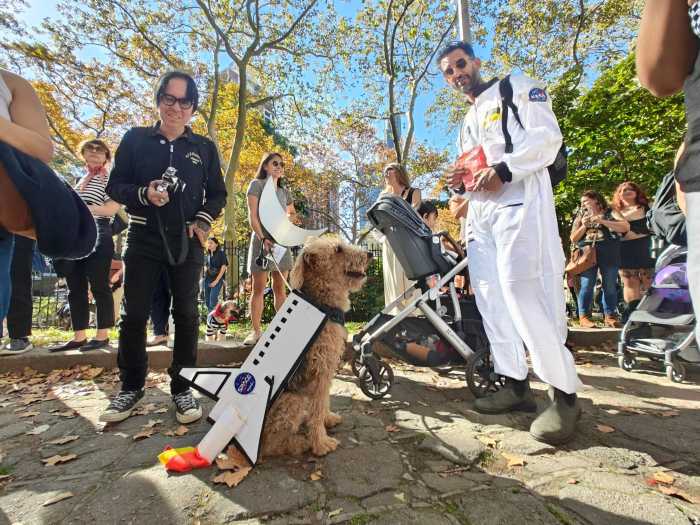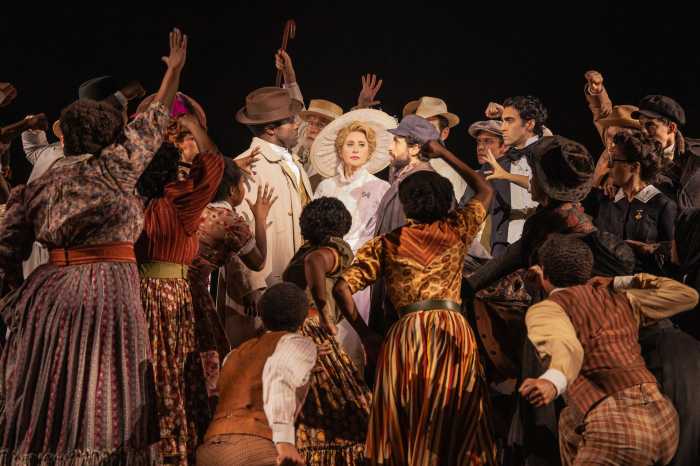The NYPD’s aircraft maintenance team does it all — from keeping the helicopters flying high to even performing life-saving rescue missions as they whiz through the sky.
Nestled in a hangar at Floyd Bennett Field, NYPD mechanics are hard at work tinkering with the innards of a police helicopter in an effort to get it airborne, just one of several aircraft. With the possibility of a life-or-death emergency striking at any second, the cops say they have to make certain the choppers are ready to go at a moment’s notice.
“Maintenance is the backbone of this unit. Without these helicopters being fixed or maintained we have no aviation unit,” Chief Mechanic and Crew Chief Officer Darwin Cedeno said. “These aircrafts are constantly being maintained.”
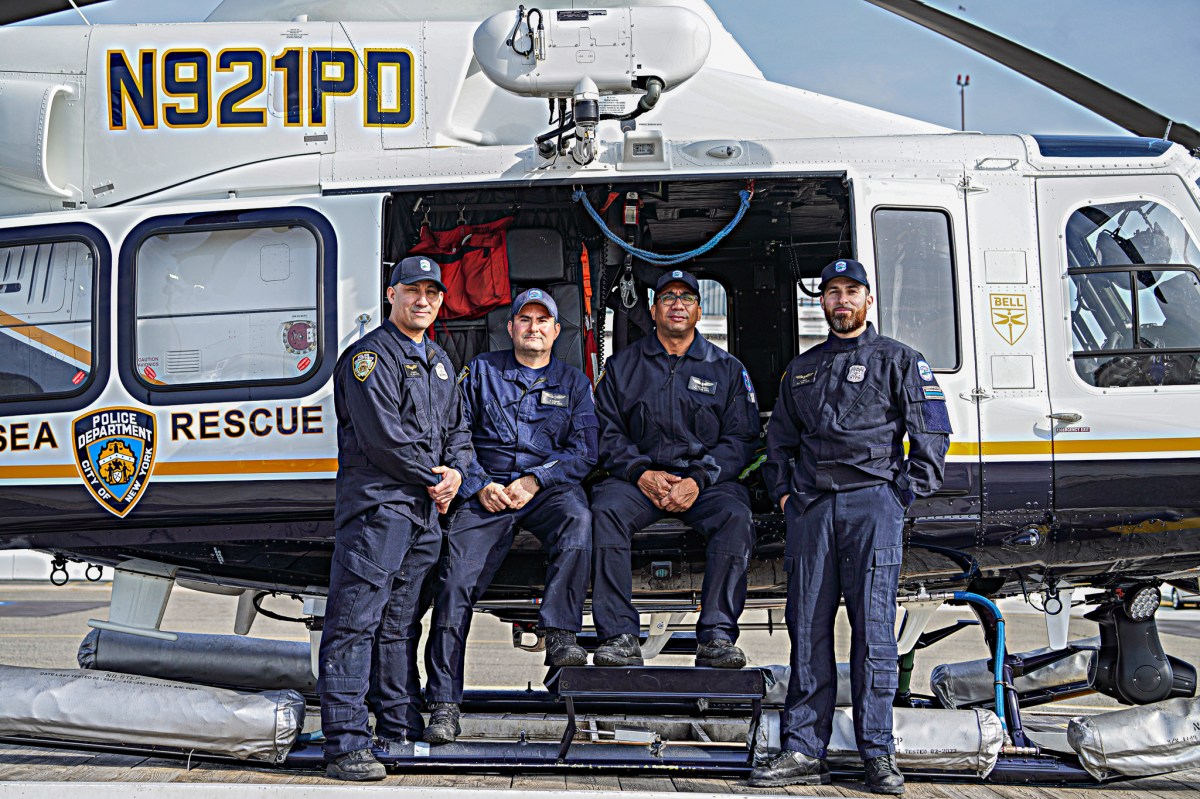
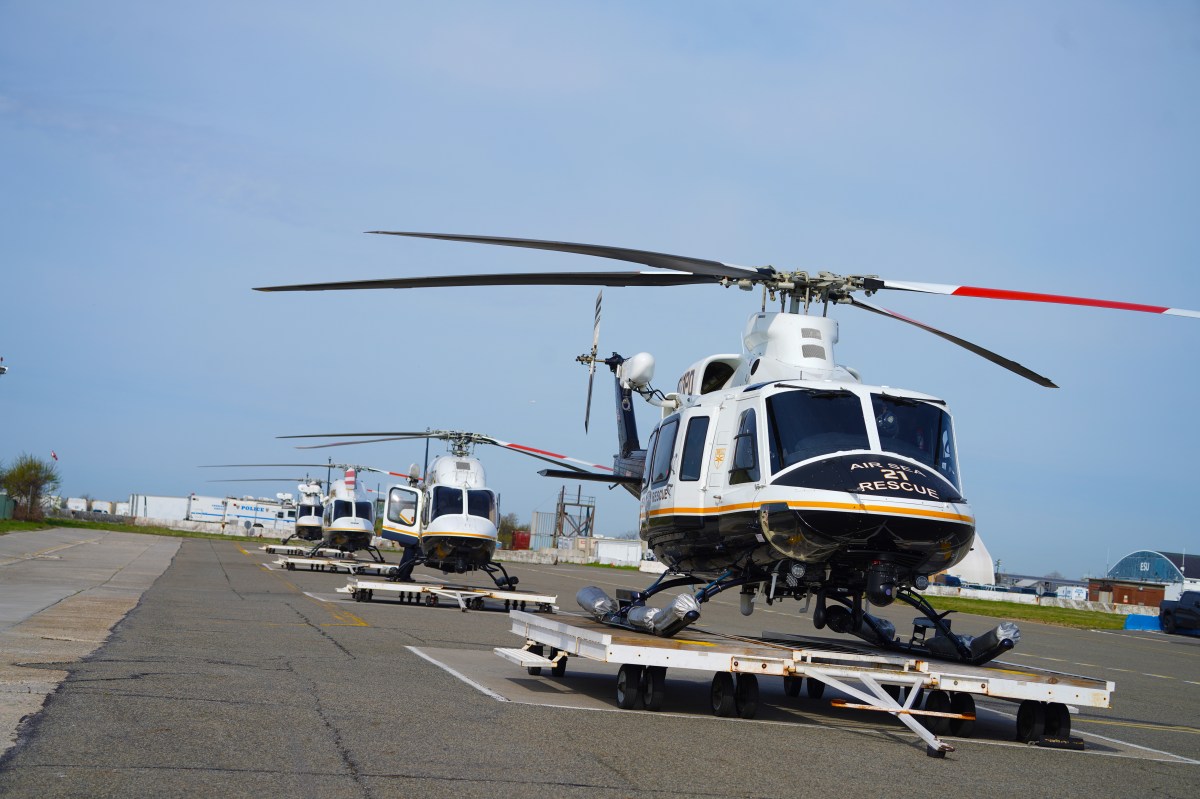
The mechanics have a vast knowledge of the inner workings of choppers that can clear the Big Apple in minutes — but that’s only one of their roles.
According to the mechanics, they also are trained for, and train others directly involved in, daring rescues. Suiting up, the cops pile into a chopper that soars over the city skyline and beyond to save those suffering from health emergencies and other crises.
amNewYork Metro was whisked high above the Big Apple inside a rumbling police helicopter to see the world from the viewpoint of these unique first responders. From spying the Statue of Liberty from a bird’s eye angle to beholding the entirety of Central Park, the crew chiefs see it all — yet they don’t have time to enjoy the breathtaking views.
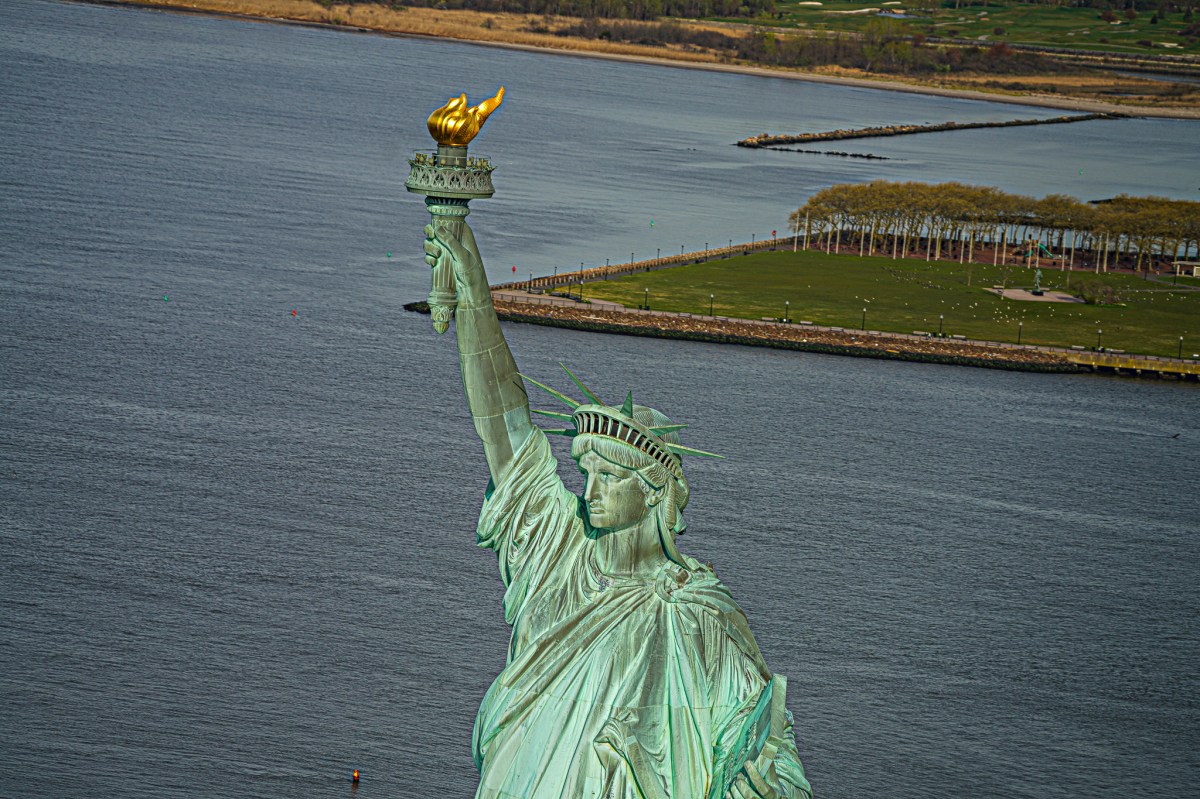
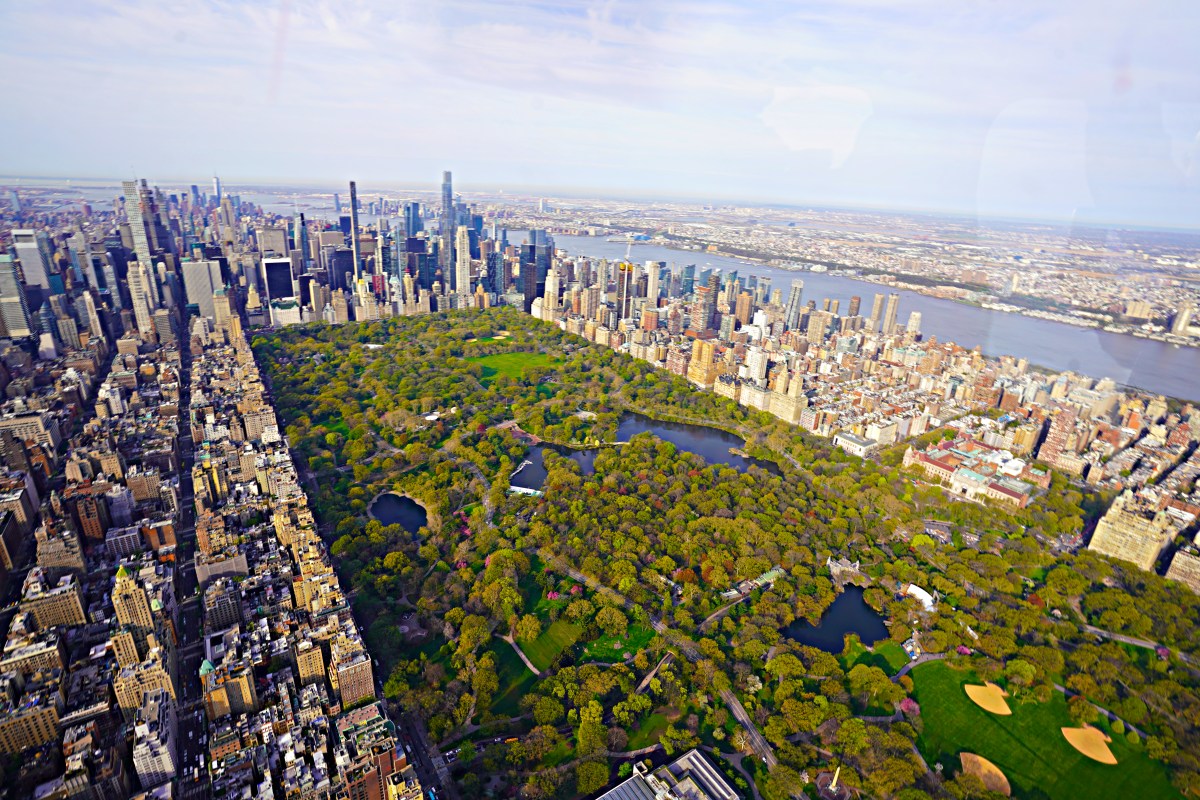
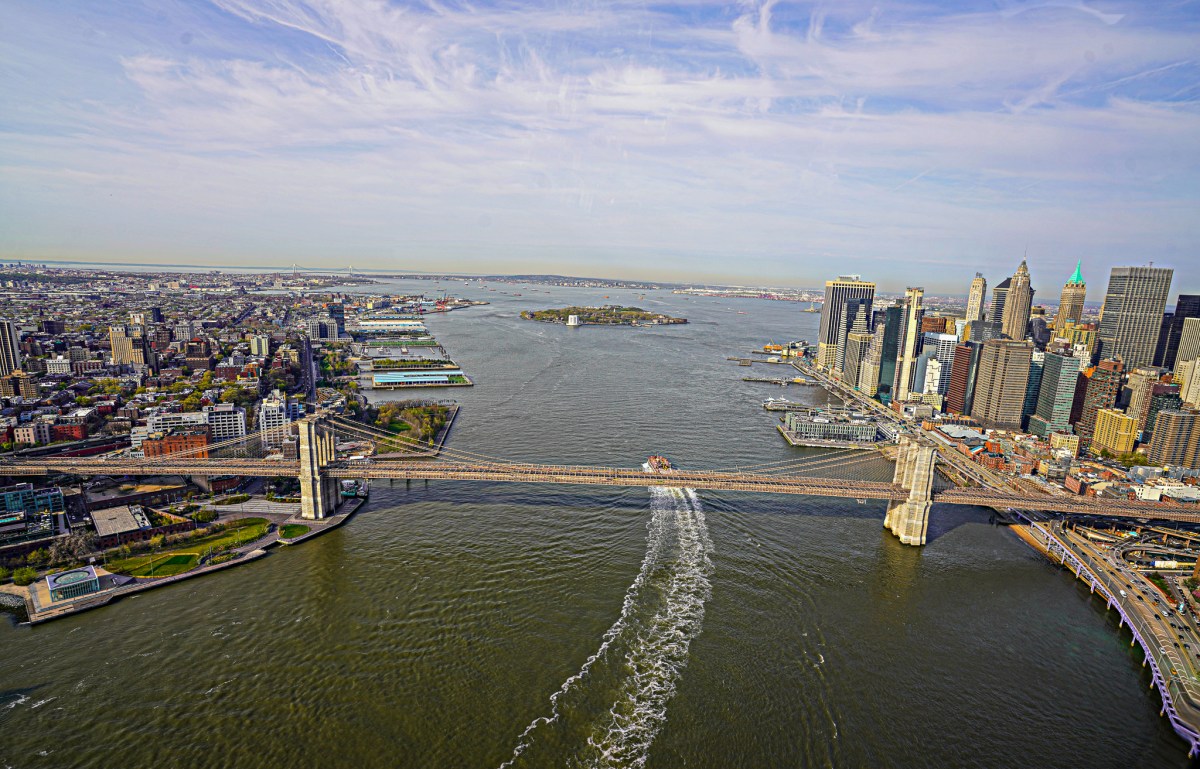
While soaring, the officers must be prepared to bring others back up with them, which can be tricky depending on how severely injured the person in need is. From making water rescues from cruise ships to those who are stranded in dense forests in New Jersey, the crew must use different methods to extract them.
“If you have a patient that maybe just has a sprained ankle, we could put him in what we call a screamer suit or [the Air-Lift Rescue Vest (ARV)]. It’s basically like a jacket,” explained Officer Cesar Pazmino, an aircraft maintenance technician. “You put it on and we can hoist them up to the helicopter that way. The pet bag is what we’re gonna use for anybody that has more of a serious injury, neck injury, back injury — anybody that is unconscious. You put them in a backboard and you kind of wrap them up like a burrito and you bring them up to the helicopter that way.”
Working in this unique field these cops have seen it all, including some of the worst and most dire situations that can possibly occur. The worst parts of the job are the rescues they could not make along the way, despite racing as fast they can to a situation where every second counts.
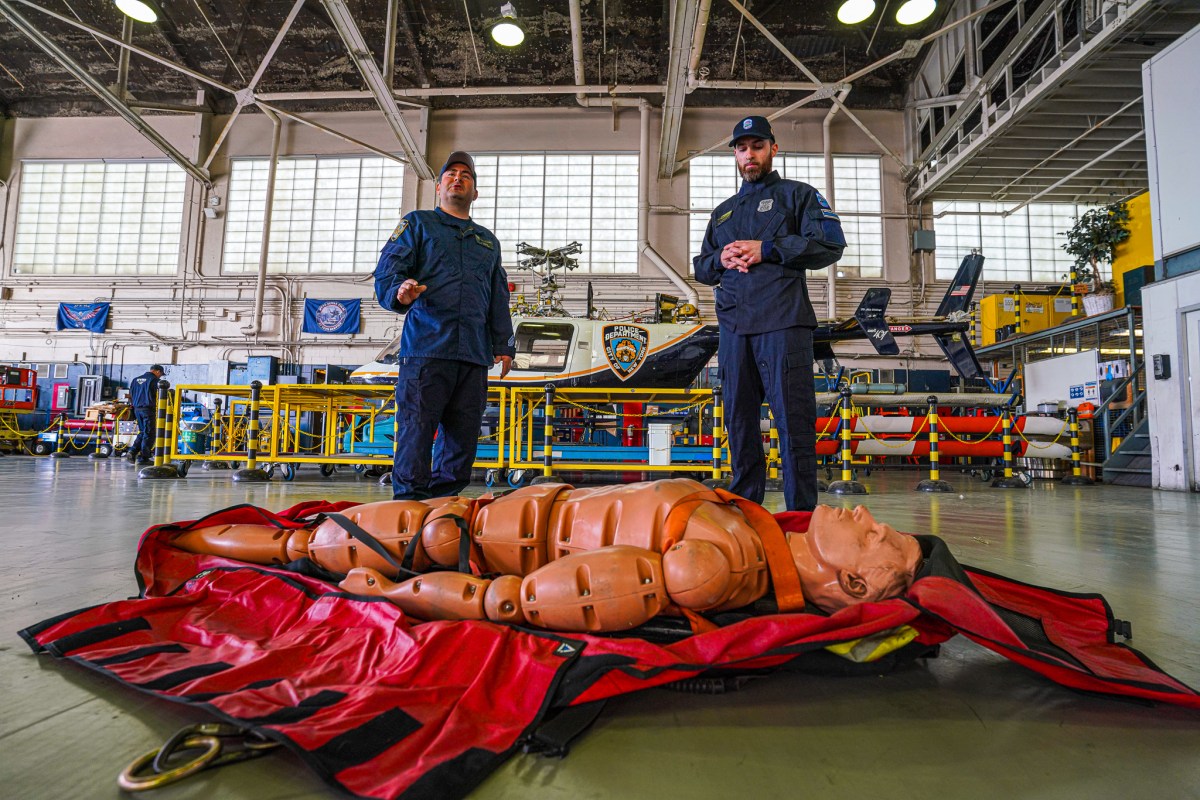
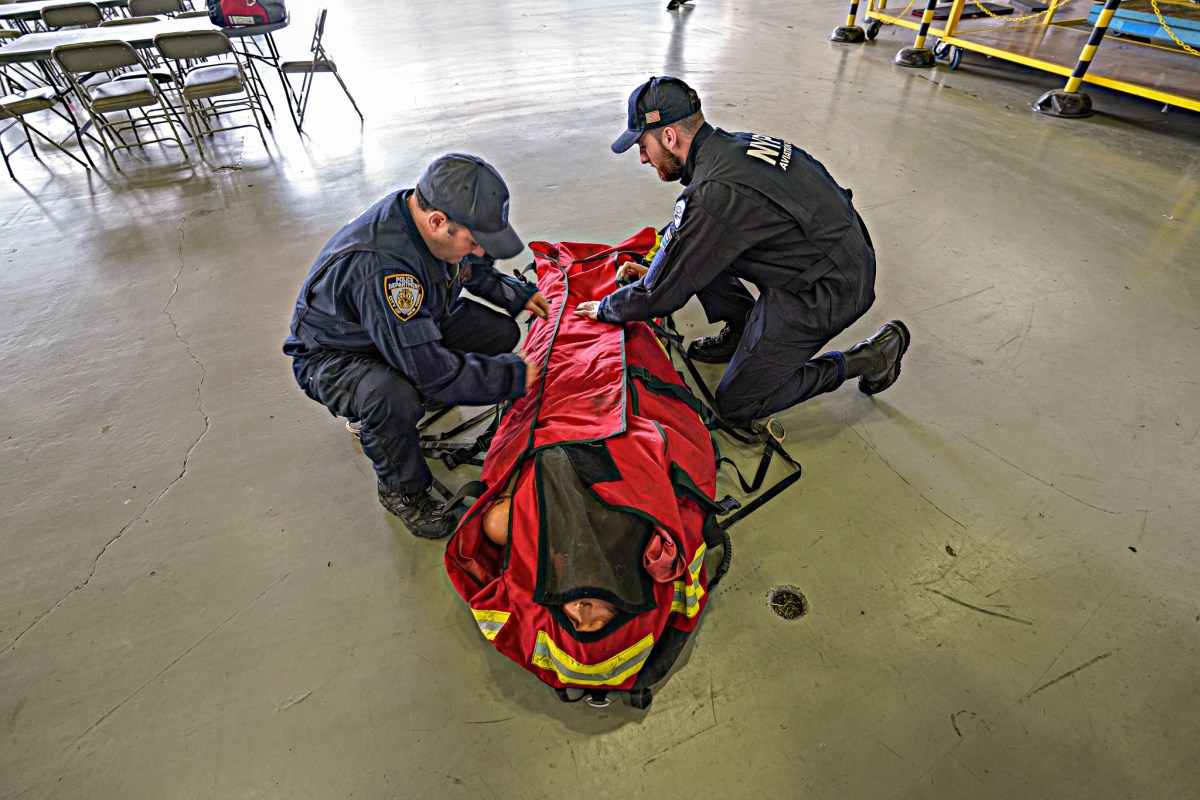
But the team members cherish the many more rescues they do make.
“We had a patient up at Bear Mountain, he had a heart attack on the path. And when the rescue crew got up there, they said we can’t get him down the mountain,” Pazmino said. “It ended up being like a 200-foot hoist to a target the size of this table right here. We packaged up the patient, brought them up to the helicopter and flew him out to Westchester County and he ended up surviving.”
Yet even when zooming through the air at 150 miles per hour, their work is not done. In addition to their knowledge as mechanics and rescues, the cops are also trained EMTs and often must implement life-saving measures in the sky.
“When we say mechanic, people just assume they are just the mechanic,” Detective Michael Dos Santos said. “As a mechanic here, we wear a lot of hats, so we are also crew chiefs (for those who do not know what that means we are the hoist operator,) we are the rescue specialists, we are the ones who get lowered, and we are also EMTs. So, if we hoist someone into the helicopter, we have to be able to render aid in route to the hospital.”
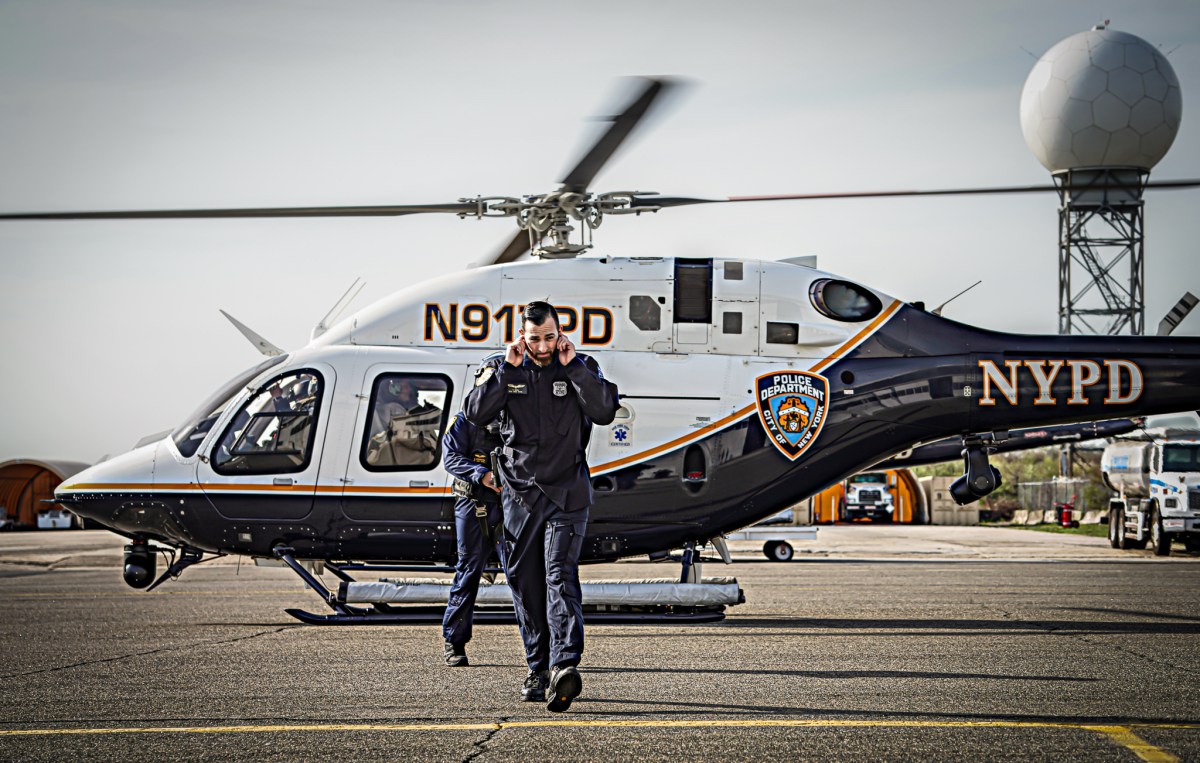

NYPD Aviation is a career not for the faint of heart, and for some of those who are working in the field they say that it has been a passion of theirs since childhood.
Police Officer Abdullah Odeh, Aircraft Technician/Crew Chief has been drawn to flying since he was in seventh grade. After enrolling in Aviation High School, Odeh says that he met NYPD Aviation Officers during career day and was inspired by their line of work.
Odeh has been working with the NYPD’s Aviation Unit for four years, and states that his main responsibility to make sure everything is up to date with inspections and safety.
“A lot of people don’t pay attention to that [safety]. They only care about when people are flying the helicopter, but it is up to us to ensure that they are flying safely. Unlike a car there is no pulling over in the air, so if something goes wrong it can go wrong fast,” Odeh said.



